Homework Solution: Computer Architecture, Number Systems & Logic
VerifiedAdded on 2023/06/13
|8
|940
|88
Homework Assignment
AI Summary
This homework assignment solution covers fundamental concepts in Computer Organization and Architecture. It includes problems related to number system conversions, such as converting between decimal, binary, octal, hexadecimal, and other bases. The solution demonstrates step-by-step conversions and arithmetic operations in different number systems. Additionally, the assignment explores logic circuits, including proving the equivalence of combinational circuits using Boolean algebra and De Morgan's laws. Simplification of logic expressions and circuit reduction techniques are also addressed, providing a comprehensive overview of basic digital logic principles. This resource is useful for students studying computer architecture and digital design, and Desklib offers more solved assignments and past papers.
1 out of 8

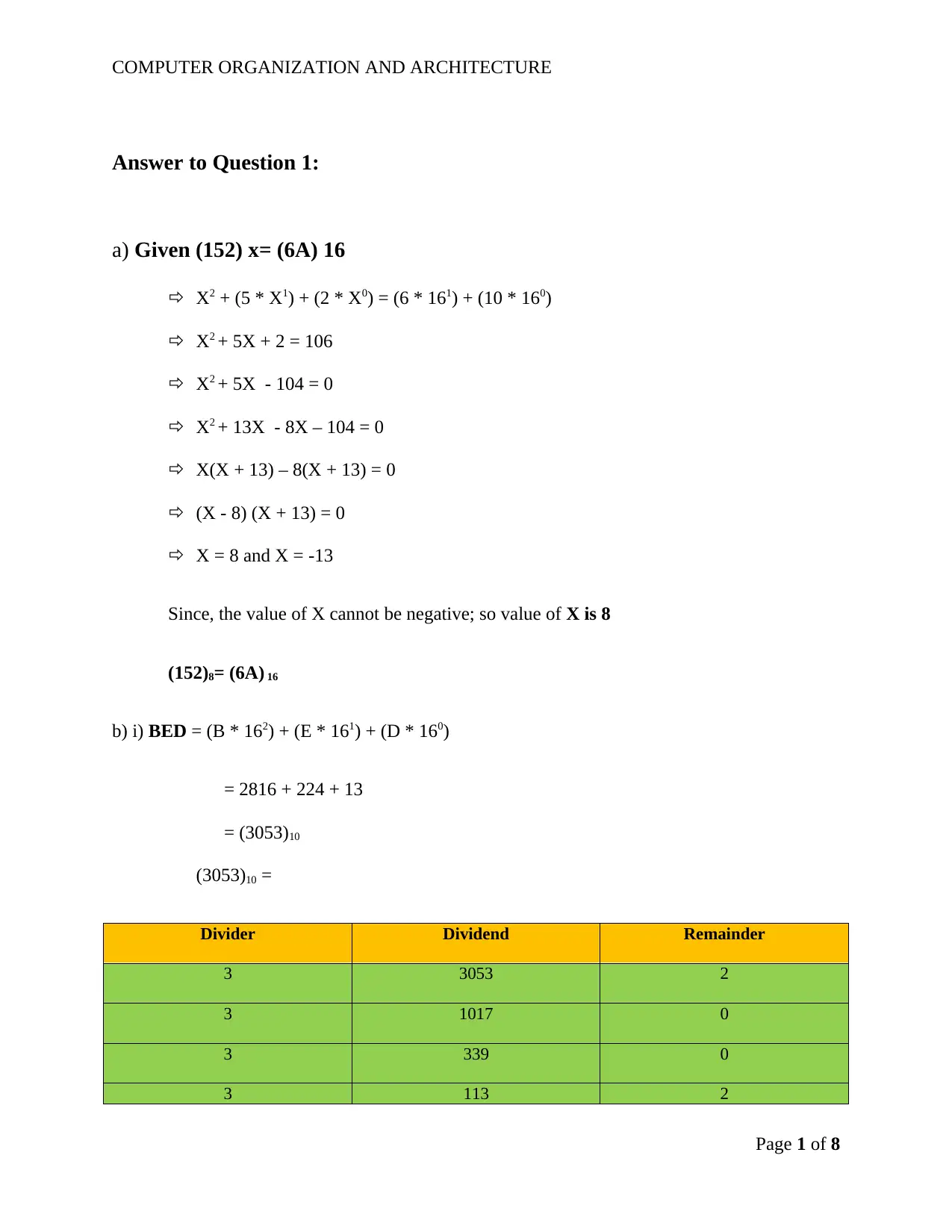


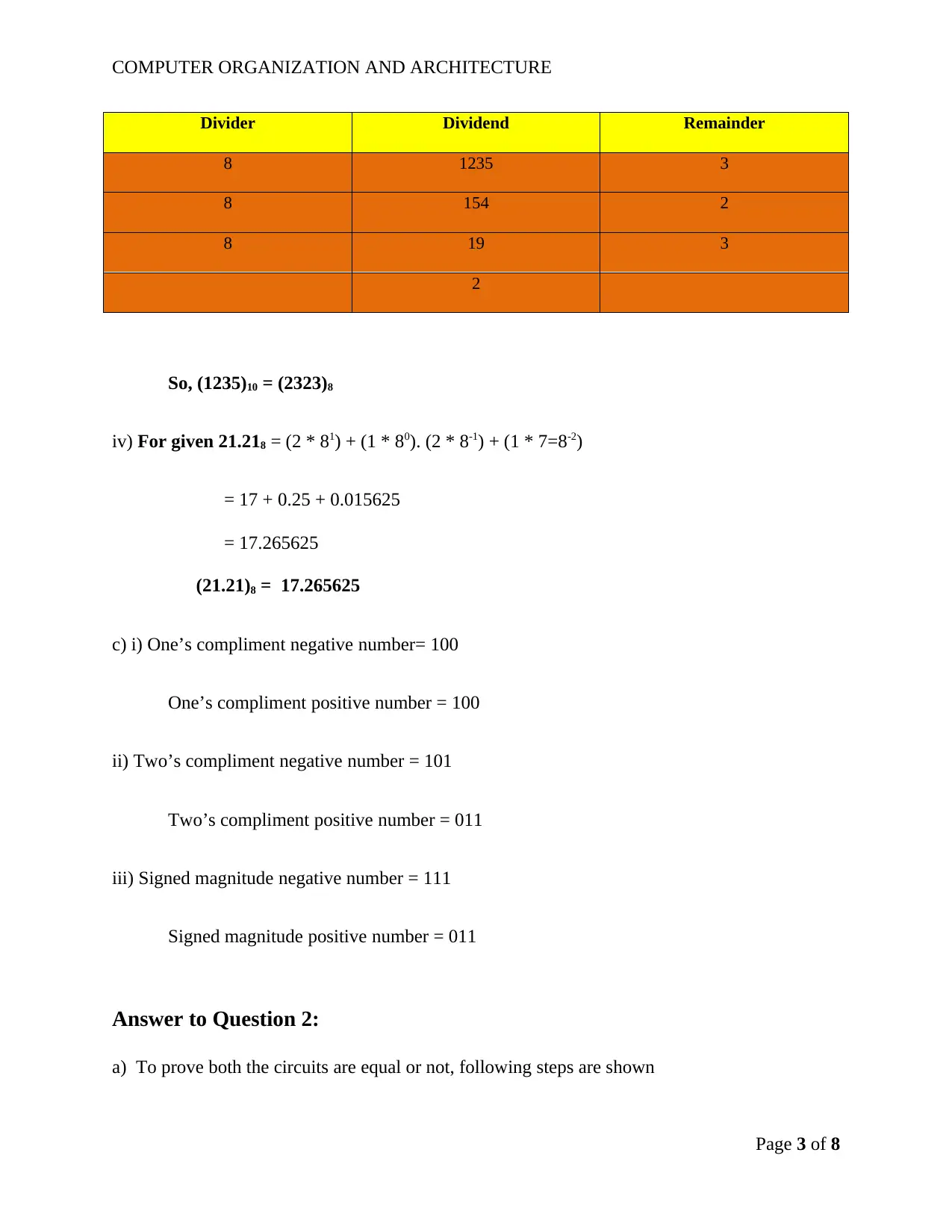
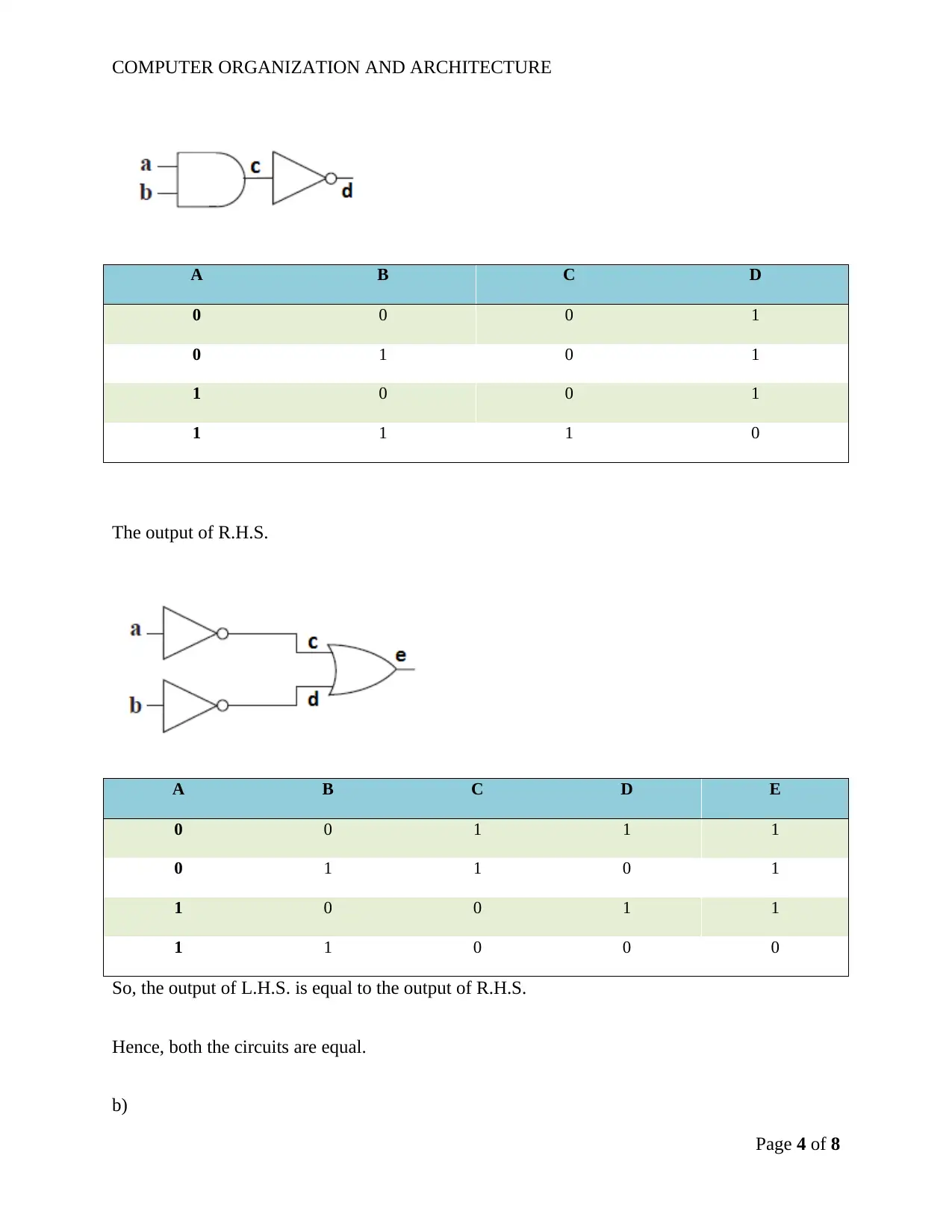
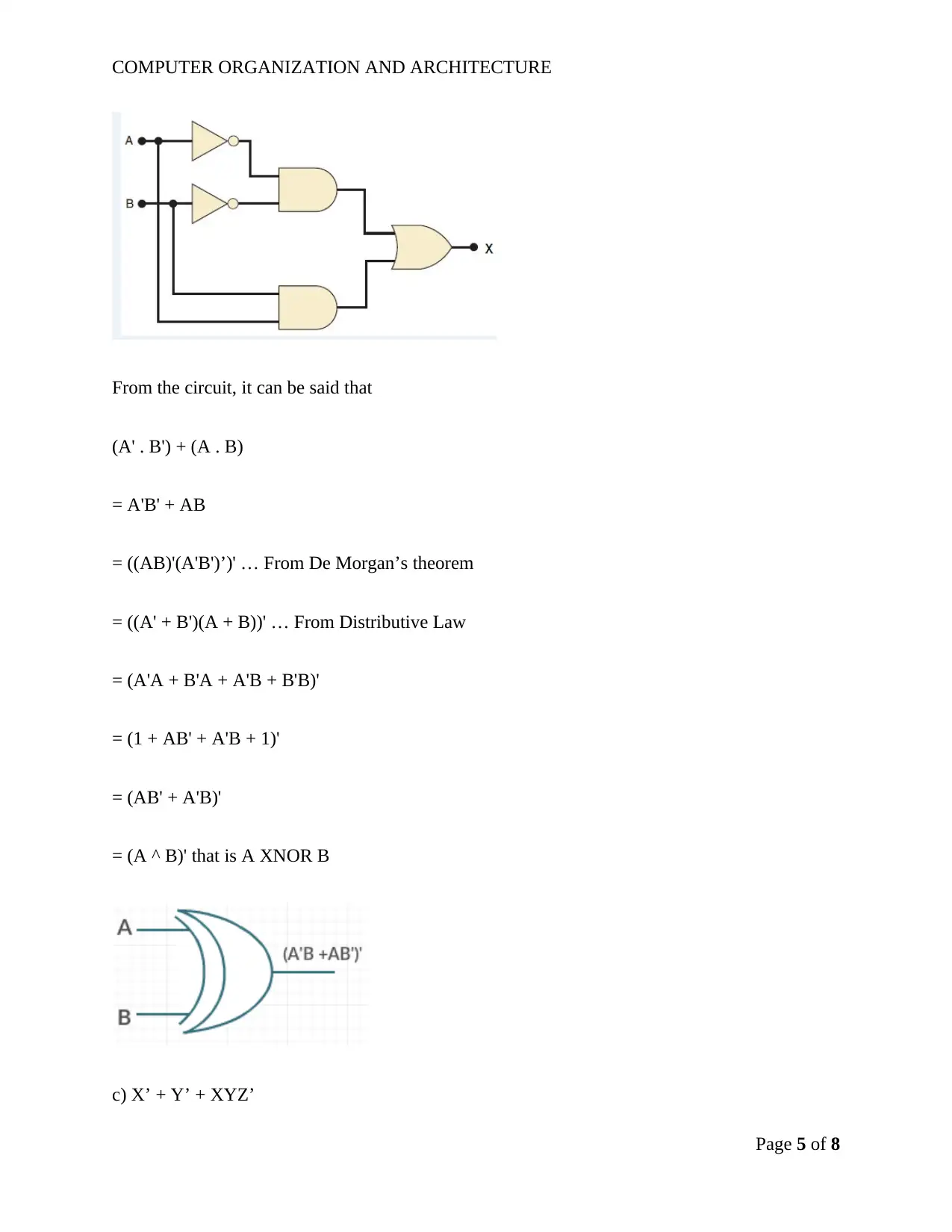

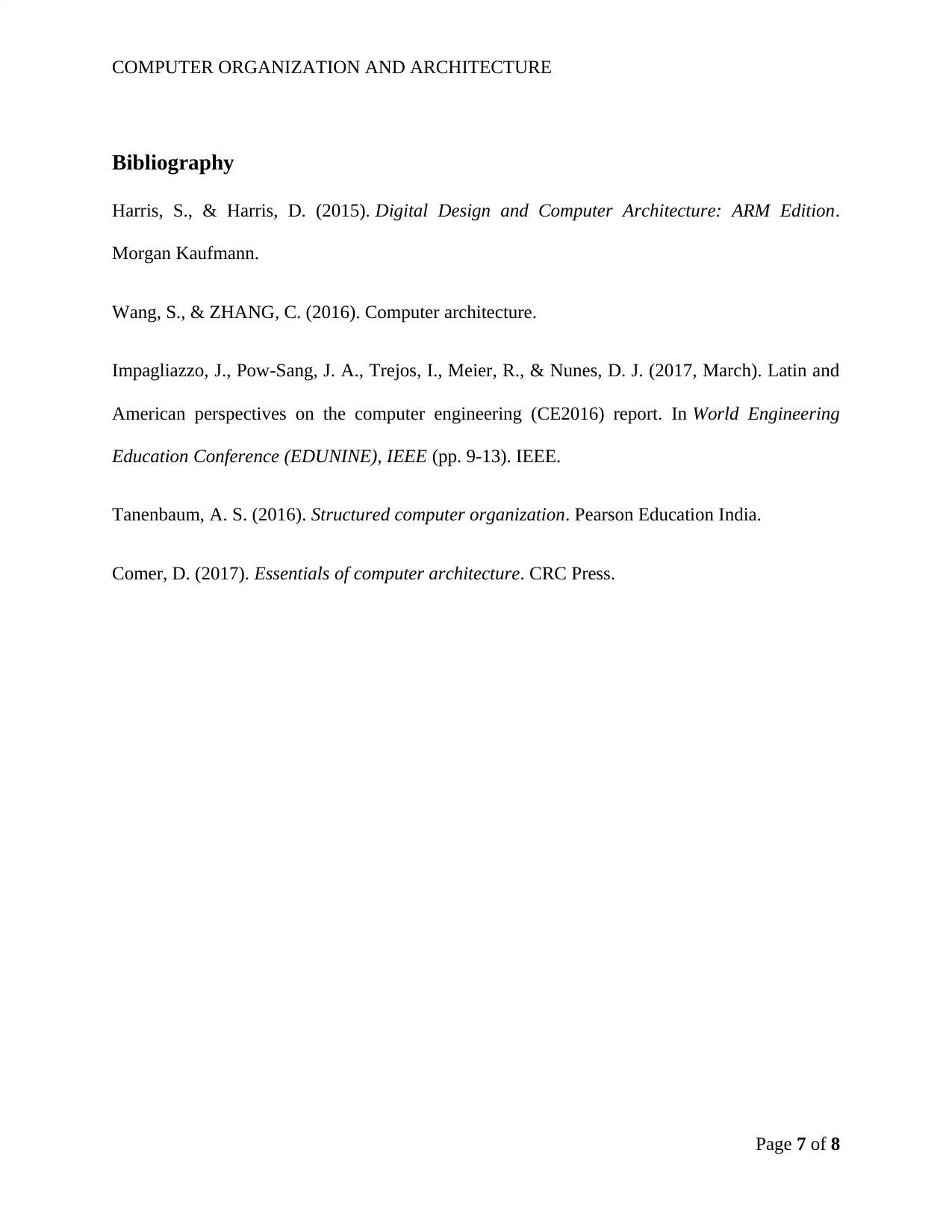




![[object Object]](/_next/static/media/star-bottom.7253800d.svg)